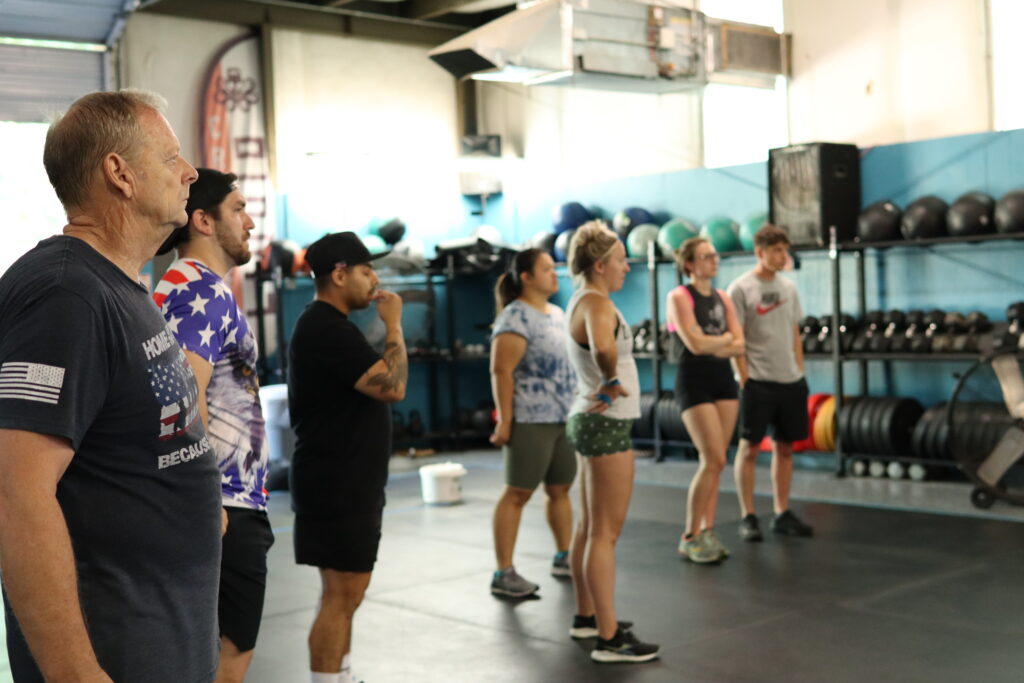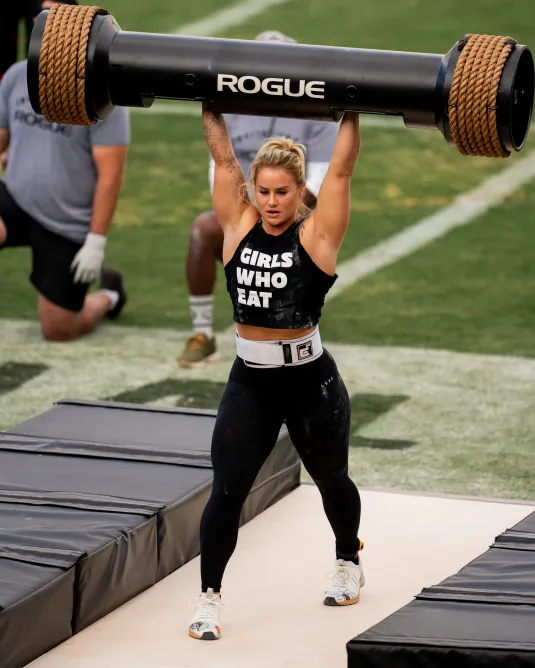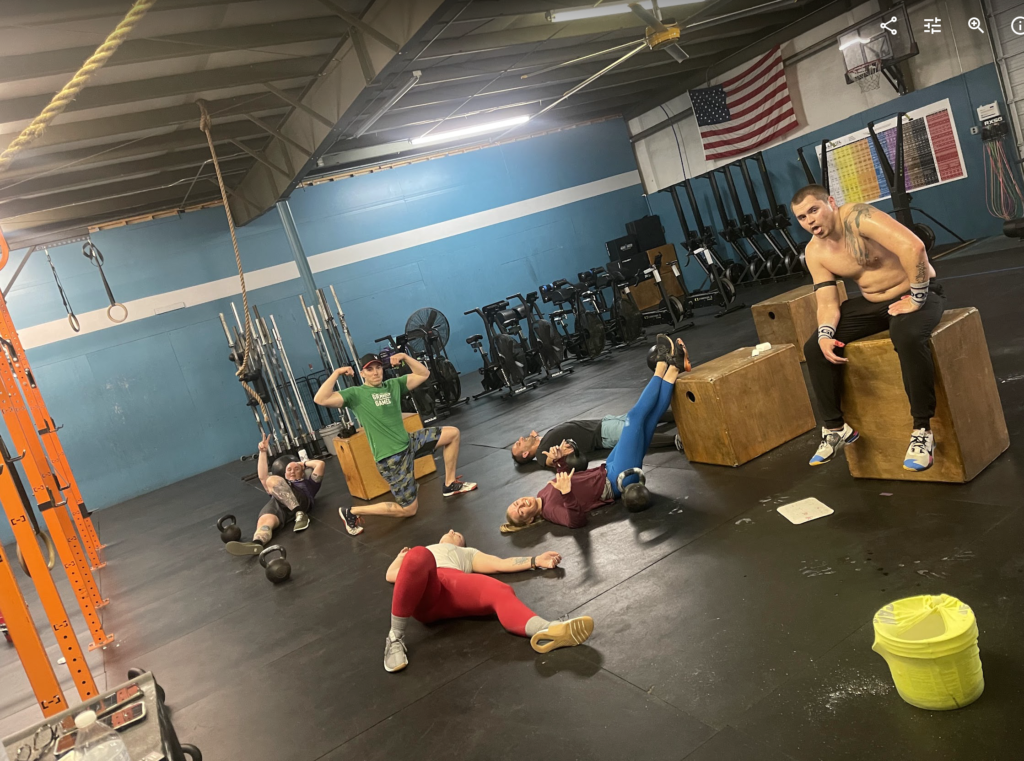What is a CrossFit Hero WOD? Honoring the Fallen Together
Everytime we get the opportunity to do a Hero WOD, I start out by setting the tone: “Today, we’re doing a Hero WOD. These workouts are different—they’re tough, but they also mean something bigger than just getting through the reps. They’re about honoring the men and women who have sacrificed their lives for us. This is our chance to remember them, show our gratitude, and push ourselves in a way that reflects their courage and strength.” What is a Hero WOD? A Hero WOD (Workout of the Day) is more than just a challenging workout; it’s a tribute. Each Hero WOD is named after a specific fallen soldier, firefighter, police officer, or first responder who died while serving others. These workouts are designed to be tough, mentally and physically, to reflect the complex and selfless lives these heroes led. When we take on a Hero WOD, we do more than work out. We’re carrying the weight of their sacrifice with every rep, every round, and every breath. Today, we’ll honor their legacy by giving our absolute best effort—just like they did. Honoring the Fallen I know some of you have done Hero WODs before, and you understand the significance. But for those of you who are new, this is something special we do as a community. Each rep today is more than a workout—it’s a chance to reflect on the lost lives and remember what they stood for service, sacrifice, and courage. We’re not just here for ourselves today; we’re doing this to honor someone who gave everything. Whether you knew them or not, you’re part of something bigger when you take on a Hero WOD. Take a minute and think about the person behind the workout—what they stood for, what they gave up, and what we get to do today because of them. Here are a few examples of Hero WODs that you might recognize: How to Approach a Hero WOD Hero WODs are intentionally tricky. They’re supposed to push you beyond what feels comfortable. But today isn’t about hitting PRs or competing with the person next to you—it’s about giving your best. However, that looks good for you today. After the WOD: Reflection and Respect When you finish today’s workout, take a moment to reflect. Don’t just rush off. Hero WODs are meant to make us think and feel. Think about the person we honored and the sacrifice they made. Take that gratitude and carry it with you when you leave here today. It’s a privilege to be able to do what we do in the gym—and even more of a privilege to do it in honor of someone who gave their life for others. Closing Thoughts Hero WODs are special. They’re challenging, emotional, and humbling. But more than anything, they’re a way to connect us to something bigger than ourselves. Remember the why when you step up to that barbell today or start that run. This workout isn’t just about you—it’s about honoring someone who can’t be here anymore. Give everything you’ve got. Honor them with your effort, your respect, and your heart. Let’s get to work.
What is a CrossFit Hero WOD? Honoring the Fallen Together Read More »









